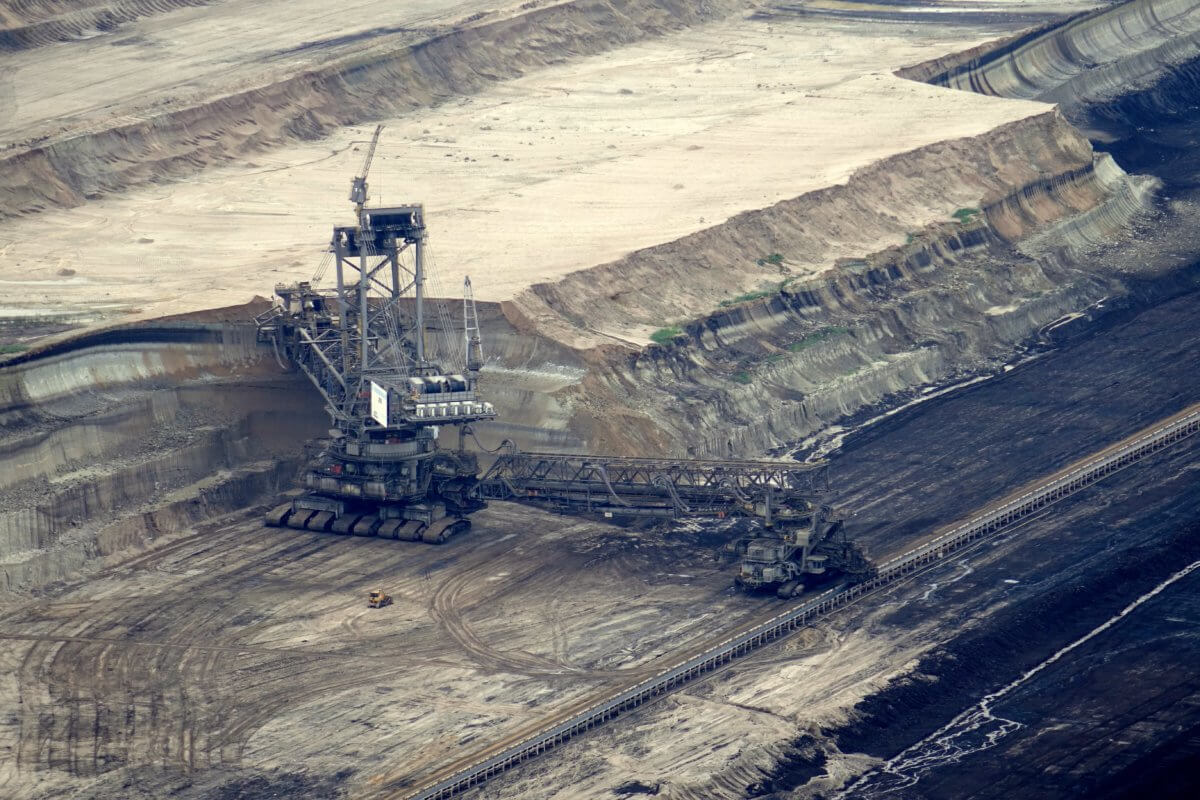Coal is undeniably controversial in Australia – and no example better demonstrates this than the Adani mine. Despite this, we continue to see investments in coal and developed countries, such as Australia, are doing little to pursue other, renewable sources of energy. How could this be?
The proposed construction of the Carmichael Coal Mine by the Indian conglomerate Adani, at the Galilee Basin in western Queensland, has inspired fierce debate. The ‘Adani Go Back’ campaign against the mine has been long and pervasive for the people of Queensland, and has resulted in the withdrawal of government support for the project. Protests are continuing Australia-wide over the large-scale destruction of forest land and the impacts of mining on the environment and its people. A common concern among all protests, in particular, are the impacts of the proposed mine on the UNESCO World Heritage Site: The Great Barrier Reef.
Adani’s plans include the construction of a 189 kilometer railway line from the proposed Carmichael Coal Mine to Abbot Point, to increase the remote Basin’s accessibility. Annastacia Palaszczuk, the 39th Premier of Queensland, initially backed this plan, which was dependent on a one billion dollar loan from the Commonwealth government. However, the promised funding ended up being vetoed by Palaszczuk herself, leaving Adani in need of alternative investment.
A coal mine of this magnitude has never been witnessed by Queensland before, and with plans to pump out roughly 60 million tonnes of coal per annum, it is a highly ambitious project even for Adani. Intense media and public scrutiny have led several Australian and Chinese Banks to drop funding for this project, leaving Adani high and dry. It is clear that the majority of the Australian public no longer support investment in coal.
One could ask, then – what is Australia doing to switch to renewable energy? To answer this question, it is important to recognise that coal has been a centre-stone of invention and technology since the Industrial Age. What is more important, however, is acknowledging that the Industrial Age has ended. Climate Change science has demonstrated the detrimental long-term impacts of coal emissions, and reliance on coal must reduce.
And it isn’t just the environmental impact – renewable energy also has the potential to enhance the reliability of our electricity supply. On 29 January 2018, much of Melbourne suffered a complete blackout, as blown fuses and transistors left approximately 60,000 homes devoid of power. This incident highlighted questions regarding the capacity of the state to provide reliable electricity in times of erratic weather patterns and rising temperatures, which are becoming more frequent because of global warming. It’s a never-ending cycle: we cause global climatic change and continue with activities that drive forward the very same climatic change we wish to avoid – creating a positive feedback loop.
Currently, approximately 70 per cent of electricity in Australia is generated by coal-based power plants, compared with 13 per cent from natural gas, merely seven per cent from hydropower and two per cent from solar. It is undoubtedly true that renewable energy has not been able to compete with the historically low prices of coal-produced electricity – but if we don’t strive towards a sustainable future, we will never attain one.
With the highest solar radiation per square metre compared with any other continent, our usage of solar energy seems illogically low. This is largely related to the initial expense of solar infrastructure. But this will change: every year the price of solar panels halves, thanks to technological advances. Moreover, in times of climate adversity and disasters, solar powered energy has proven to be significantly more reliable than coal in continuing to meet the energy needs of the people. With an unlimited and eternal source of energy, solar energy’s uses can be diversified: from electricity generation (photovoltaics) to heating (solar thermal). If the costs of pollution created by coal power plants were accounted for, the cost of electricity generated from coal would also be much higher in comparison with solar-powered electricity.
It is therefore shocking that we spend an estimated AU$4 billion of tax-payer money every year on coal, oil and gas exploration, knowing very well the consequences of burning fossil fuels on the environment and our health. Subsidising coal-powered energy is directly equivalent to subsidising climate change.
The full implications of developing the Carmichael Coal Mine on Australia’s two degrees carbon budget are yet to be fully understood. The two degree carbon budget is the finite amount of greenhouse gases that can be emitted in order to limit global temperature rise by two degrees Celsius. Australia’s fair share of the carbon budget is one per cent, equivalent to 10.1 Giga tonnes, which have been estimated to be used by 2028 if we continue at our current rate of fossil fuel emissions. This creates an urgency to switch to renewable energy in order to stay well within our budget. Although it is true that Adani has witnessed several setbacks and difficulties in securing clearances, they remain undeterred – for now. This time of conflict has shown the perseverance of the Australian people and their awareness that Climate Change is real and is here, despite the inaction and denial of world leaders and politicians.
We acknowledge the Ngunnawal and Ngambri people, who are the Traditional Custodians of the land on which Woroni, Woroni Radio and Woroni TV are created, edited, published, printed and distributed. We pay our respects to Elders past and present. We acknowledge that the name Woroni was taken from the Wadi Wadi Nation without permission, and we are striving to do better for future reconciliation.
